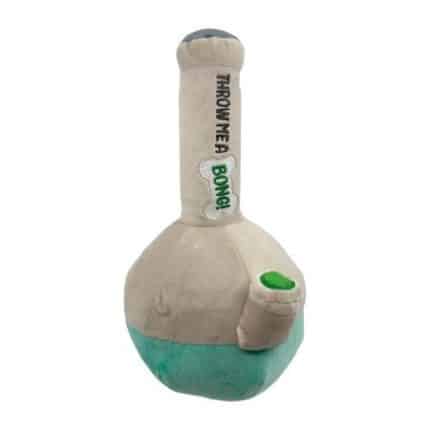Rolling papers are an essential component for those who enjoy rolling their own cigarettes or joints. But have you ever wondered what these thin sheets are actually made of? Understanding the materials and processes behind rolling papers can enhance your appreciation for them and help you make more informed choices. In this blog, we’ll break down everything you need to know about what rolling papers are made of.
Introduction to Rolling Papers
Rolling papers have been around for centuries, helping people roll their own cigarettes and joints. They come in various sizes, thicknesses, and materials, catering to different preferences and needs.
The history of rolling papers is quite fascinating. They became especially popular in the second half of the 19th century, when the need for a cheaper alternative to cigars led people to roll tobacco in thin paper. Brands like Rizla and Pay-Pay emerged to meet this demand, creating products still popular today.
Common Materials Used in Rolling Papers
Rolling papers are primarily made from a variety of natural fibers. The most common materials include rice, hemp, and flax. Each material affects the smoking experience differently in terms of flavor, burn rate, and strength.
Historically, rolling papers were often made from wood pulp, known for its sturdiness. However, modern consumers tend to prefer more natural options like hemp and rice, which provide a tailored smoking experience.
In addition to those materials, you can also find papers made from unique and less common elements like esparto or even cellulose, which can offer a different visual or functional appeal.
Rice Rolling Papers
Rice rolling papers are made from processed rice and are known for being thin and light. They burn slowly and produce minimal ash, making them a favorite among many users.
Despite their benefits, rice papers are delicate and can be challenging to handle, especially in humid conditions. They have practically no taste, allowing the flavor of your tobacco or cannabis to shine through
Click this link If you would like to try what we believe are some of the best rice papers out there.
Hemp Rolling Papers
Hemp rolling papers are made from hemp fibers and are popular for being eco-friendly and having a natural taste. They are usually thicker and stronger compared to rice papers, providing a robust smoking experience.
Hemp papers are also praised for their mild flavor and slow burn rate. Some users even report an enhanced smoking experience thanks to the ‘entourage effect’ encouraged by the terpenes in hemp. Some of our team here at Astro headquarters are fond of these hemp rolling papers.
Flax Rolling Papers
Flax rolling papers are made from the fibers of the flax plant. They offer a balanced experience with moderate thickness, reasonable burn time, and a smooth taste.
Flax papers are an excellent alternative for those who want a natural option that’s easier to handle than rice but still delivers a clean smoking experience. Click here for an excellent option in flax rolling papers.
Additives in Rolling Papers
Some rolling papers contain additives like calcium carbonate or chlorine to improve their appearance or burning properties. However, many users prefer unbleached and additive-free papers for a more natural smoking experience.
While additives like chemicals and flavors can enhance certain aspects of your smoking experience, they can also introduce unnecessary toxins. Stick to natural papers if you’re looking to minimize your exposure to these elements.
Innovations in Rolling Papers
Innovations in rolling papers include ultra-thin varieties, flavored papers, and slow-burning options. These advancements aim to enhance the user experience and cater to specific needs and preferences.
For example, flavored papers can add a sensory twist to your smoking experience, infusing tastes like fruit, chocolate, or menthol into your roll-up.
Further, ultra-thin papers reduce the amount of extra material you’re inhaling, focusing more on the flavor of your chosen herb and less on the paper itself.
Wrapping Up
Now that you know what rolling papers are made of, you can appreciate the variety and complexities that go into their creation. Whether you prefer rice, hemp, flax, or something else, each type of rolling paper offers unique characteristics tailored to different preferences. The next time you roll, you’ll know exactly what’s going into your smoke.
To view our selection of rolling papers and paper cones, please visit us at Astro420.






































































